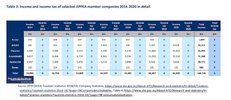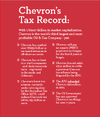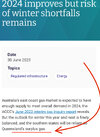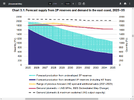- Joined
- 20 July 2021
- Posts
- 13,553
- Reactions
- 18,835
we should make them all fly on solar-powered aircraft and set a leading exampleEvery time I hear about Qld businesses closing up due to energy prices makes me quite sad knowing we have almost endless amounts of LNG in Central Qld. The whole thing is a rort, it's OK for CEOs and public servants to jump on a plane and fly around the world but it's not ok to burn gas for electricity.








